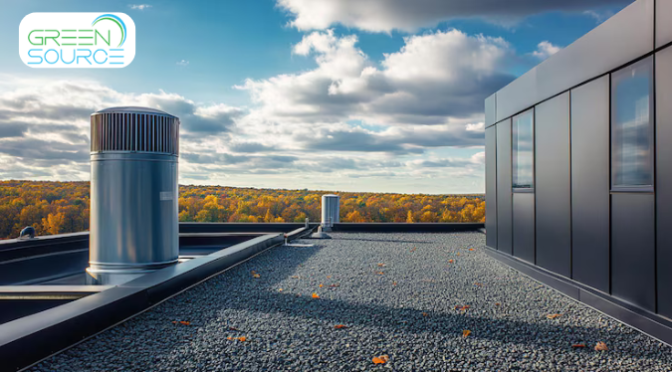The Internet of Things (IoT) is transforming industries across the globe, and the HVAC (Heating, Ventilation, and Air Conditioning) sector is no exception. As buildings become smarter and energy efficiency becomes a top priority, IoT integration in HVAC services in Melbourne is poised to reshape the HVAC landscape in unprecedented ways. Here’s how IoT is set to revolutionise HVAC systems in the coming years:
1. Smarter HVAC Systems for Better Control
One of the most notable changes IoT brings to HVAC is the rise of smart thermostats and connected systems. These devices allow users to control temperatures remotely via smartphones or voice assistants, offering convenience and improved comfort.
Advanced IoT-enabled thermostats can learn user behaviours, adjust temperatures automatically, and sync with weather forecasts to optimise performance—leading to significant energy savings and reduced costs.
2. Predictive Maintenance to Minimise Downtime
With IoT sensors in HVAC installation in Melbourne across HVAC systems, real-time data can be continuously monitored. This allows service providers and facility managers to receive alerts about abnormal performance, filter status, or potential component failures.
By analysing this data, HVAC systems can predict maintenance needs before issues become costly breakdowns. This proactive approach not only reduces downtime but also extends the lifespan of HVAC equipment.
3. Energy Efficiency Through Automation
Energy efficiency is one of the core goals of modern HVAC technology. IoT devices enable automation of heating and cooling systems based on occupancy, time of day, and ambient conditions.
For example, sensors can detect when rooms are unoccupied and automatically adjust the temperature to save energy. Over time, this results in lower utility bills and a reduced carbon footprint—beneficial for both residential and commercial users.

4. Improved Air Quality Monitoring
Modern IoT-enabled HVAC systems can monitor indoor air quality in real time, tracking pollutants, humidity, and CO2 levels. These systems can then adjust ventilation or activate air purification features as needed, ensuring a healthier indoor environment.
This is especially important in schools, hospitals, and office buildings where clean air is crucial for occupant health and productivity.
5. Remote Diagnostics and System Management
IoT allows HVAC systems to be monitored and diagnosed remotely. Technicians can access performance data through cloud-based platforms, identify issues quickly, and even apply software updates without visiting the site.
This reduces the time and cost associated with HVAC system maintenance in Melbourne and enhances user convenience—particularly valuable in commercial environments where downtime can be disruptive.
6. Scalability for Future Expansion
IoT platforms are highly scalable, making it easier for businesses to expand HVAC systems as needed. Whether it’s adding new zones to a building or integrating with other smart infrastructure (like lighting or security), IoT ensures seamless connectivity and future-proof functionality.
Key Takeaways
The integration of IoT into HVAC services in Melbourne represents a significant leap forward in terms of energy efficiency, comfort, and maintenance. As technology continues to evolve, we can expect HVAC systems to become smarter, more intuitive, and increasingly aligned with the demands of modern living and sustainability.
Whether you’re a homeowner or a business operator, investing in IoT-enabled HVAC technology is a smart move toward a more efficient and future-ready environment. Get in touch with a HVAC specialist like Green Source for energy-efficient installations and maintenance. Call 1300 313 303 to book an appointment.



